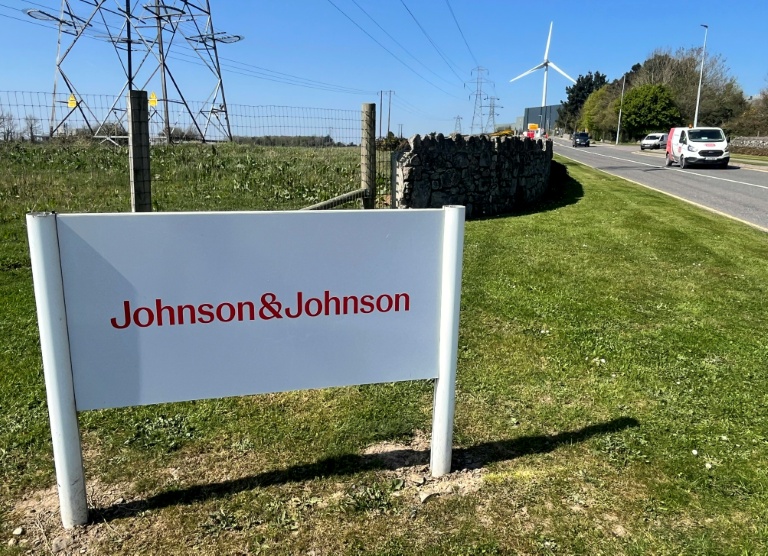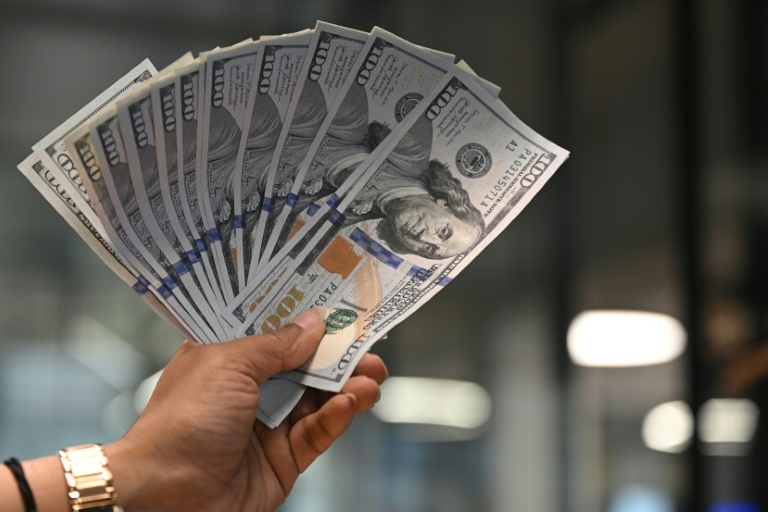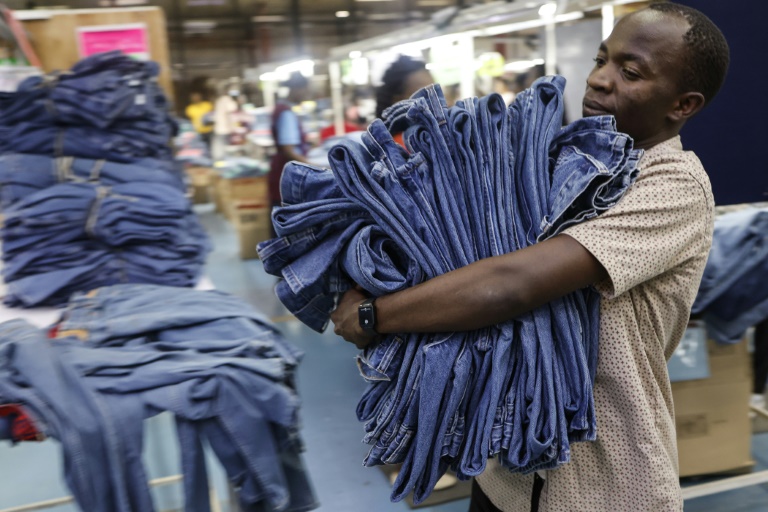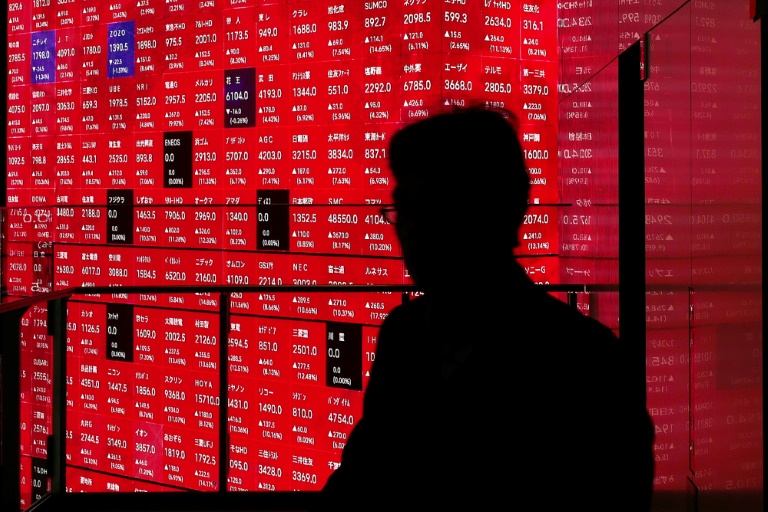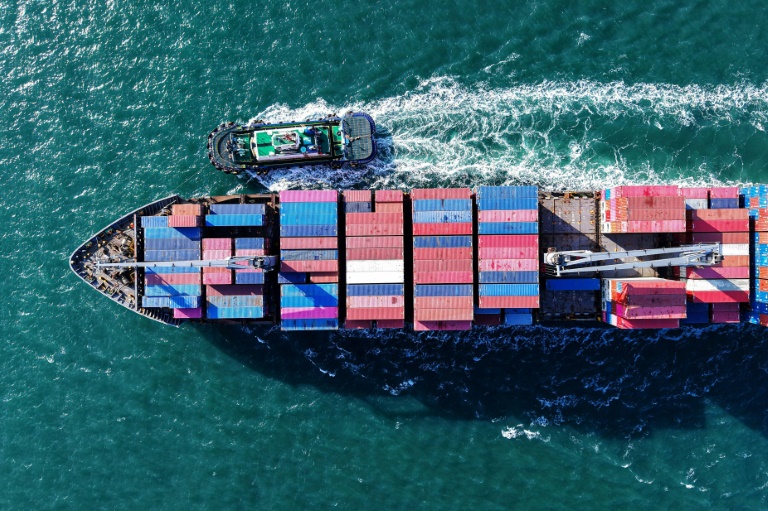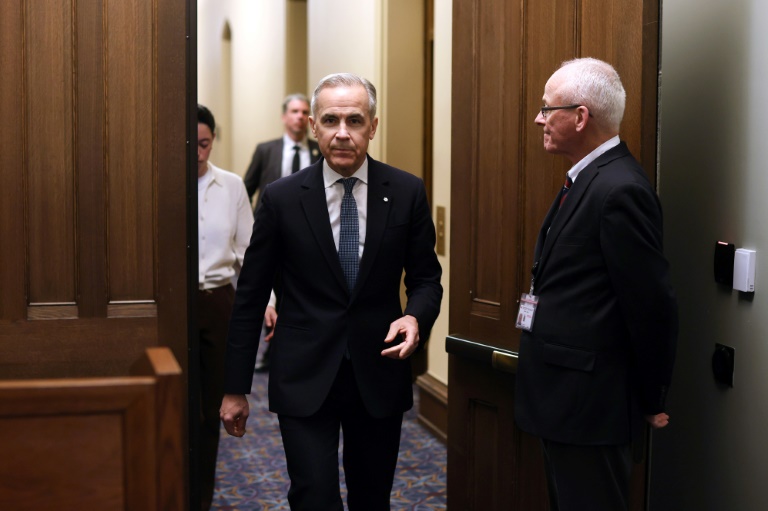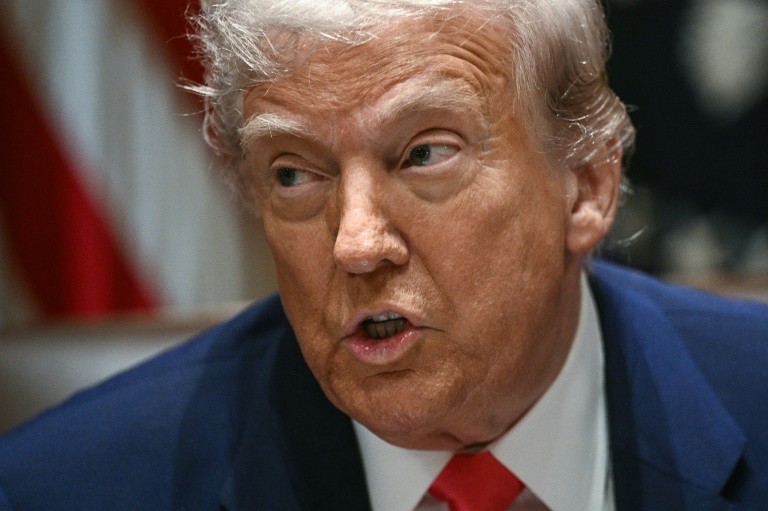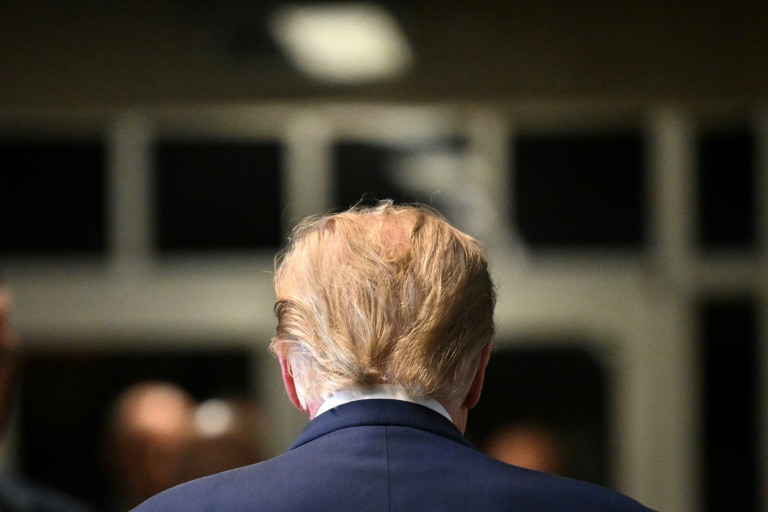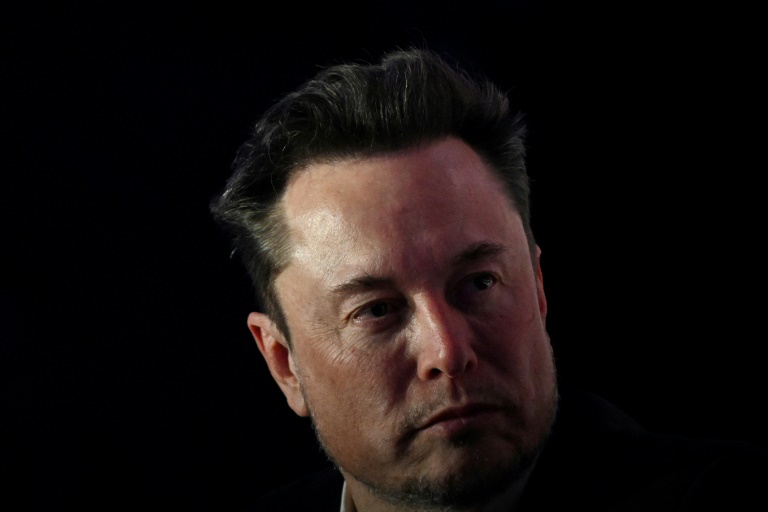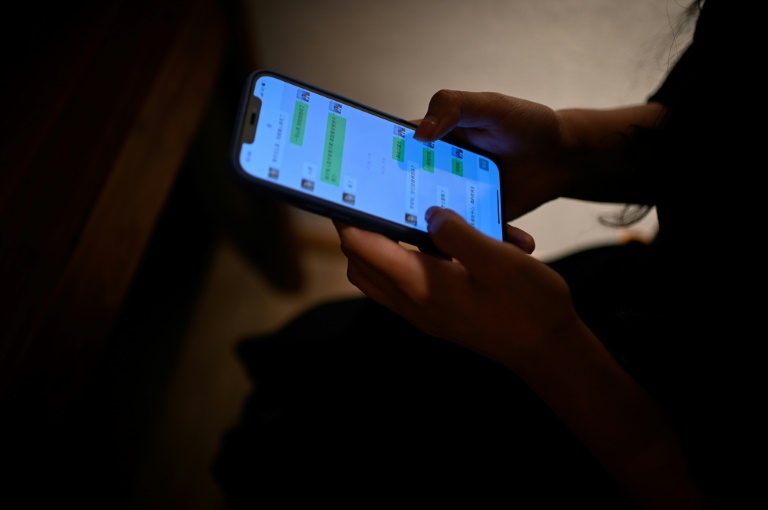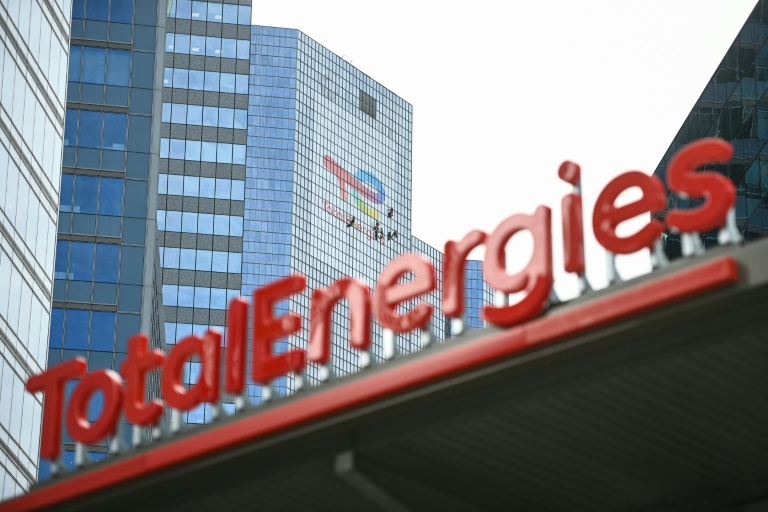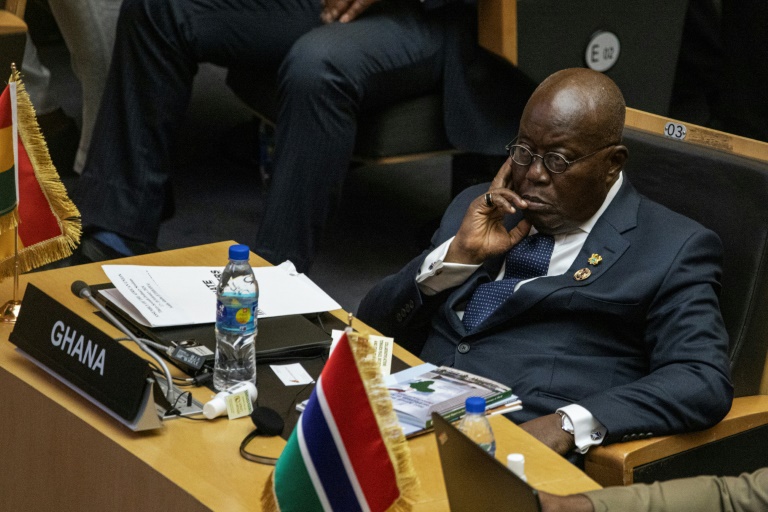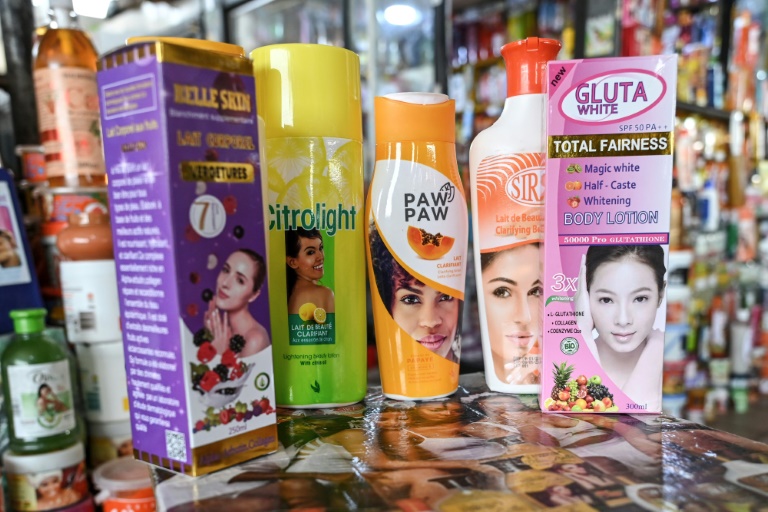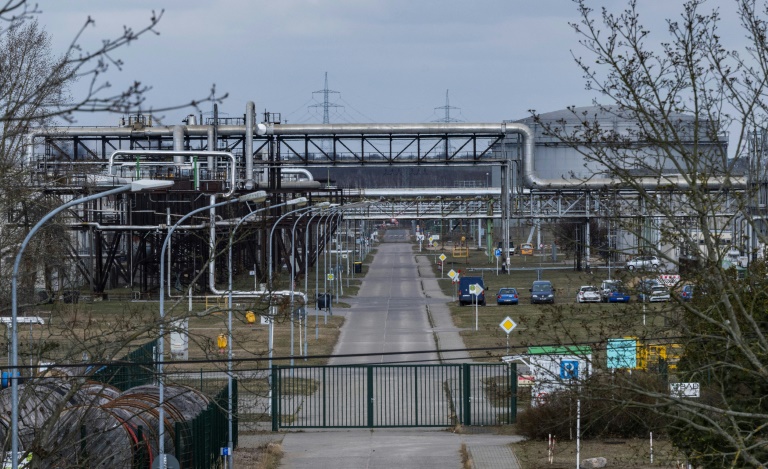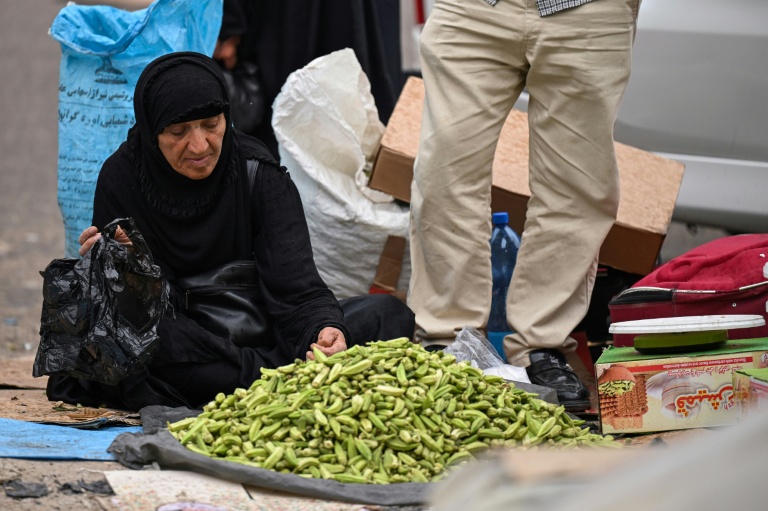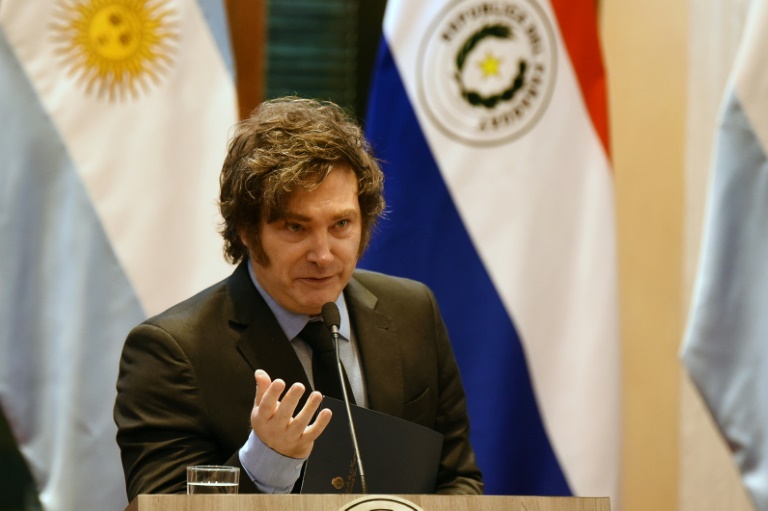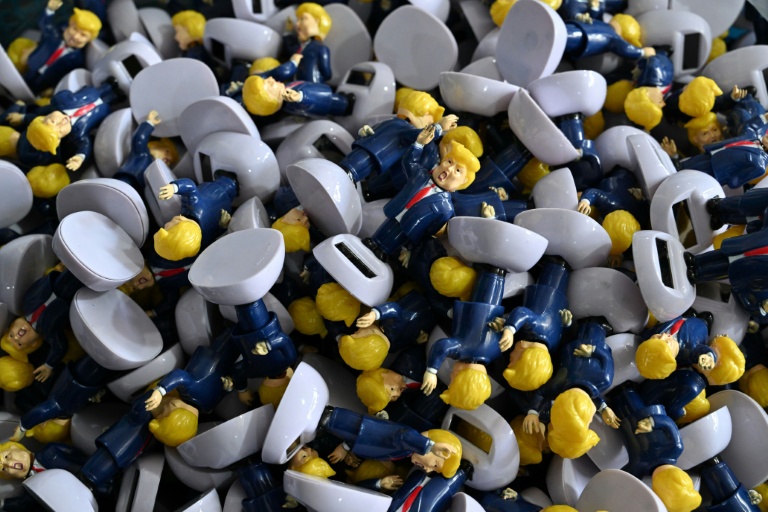Brussels (Belgium) (AFP) – Shaken by Donald Trump’s tariff blitz, the EU has embarked on a charm offensive to diversify its alliances in Asia and beyond, with summits lined up back-to-back and trade talks launched in all directions. When the US president unleashed his crippling “Liberation Day” tariffs on April 2, EU chief Ursula von der Leyen gave her first reaction, not in Brussels, but from Uzbekistan where she was in talks to bolster trade ties with Central Asia.
Although Trump has since rowed back with a 90-day pause, the European Union still faces tariffs of 10 percent on a vast majority of goods and higher on steel, aluminium, and cars — with an uphill challenge to negotiate a way out of the standoff. Faced with Trump’s disruptive protectionism, Brussels is pulling out the stops to salvage its 1.6 trillion euro ($1.8 trillion) relationship with Europe’s main trade partner, the United States. But it is also trumpeting its mission to cultivate trade ties elsewhere.
“Europe continues to focus on diversifying its trade partnerships, engaging with countries that account for 87 percent of global trade and share our commitment to a free and open exchange of goods, services, and ideas,” von der Leyen said on Thursday. The following day, China openly urged Europe to join forces — as Beijing wages a trade war with the United States with tit-for-tat levies — but while there are opportunities in the relationship, the path is also fraught with peril.
And the EU’s diversification efforts may hit roadblocks, including the fact that the United States has a market power and demand unparalleled worldwide, experts say, which makes it hard to replace — especially in the short term. “Rerouting trade routes and flows will take time. It does not happen overnight,” said Varg Folkman, of the European Policy Centre (EPC).
– Trading places –
The EU’s trade relations diary has been packed full since January. The bloc made a show of agreeing to strengthen trade ties with Mexico days before Trump was sworn in and reopened commerce negotiations with Malaysia on his inauguration day. Then in February and March, the EU’s top officials met leaders of India and South Africa for talks on topics including trade, while actively pursuing closer Canada ties.
This week alone, the EU agreed to launch talks for a free trade deal with the United Arab Emirates and confirmed a high-level summit in China in July, hot on the heels of a meeting in Japan. And top EU officials will meet with Latin American and Caribbean states in November, with trade high on the agenda. But before the EU starts striking new trade deals, the European Commission has previous agreements to get past member states, including the Mercosur accord clinched in December.
Previous staunch critic Austria ditched its opposition to the agreement with the South American bloc after Trump’s tariffs assault, but France says its position has not changed. Senior officials believe they can sway Paris — which fears a flow of lower-cost agricultural goods outcompeting Europe’s farmers. But unless they do, it risks taking the wind out of von der Leyen’s sails — since commission trade deals need sign-off by both member states and the European Parliament.
– Fragile China ties –
The EU is trying to balance complex goals: developing open, free trade while also boosting the continent’s competitiveness and manufacturing. There’s also the issue of size. “The EU…will not find a market with the depth of demand and buying power that the US supplies,” EPC’s Folkman cautioned.
Nonetheless, von der Leyen’s efforts are echoed by EU leaders including Spain. Prime Minister Pedro Sanchez, leading his own bid to woo Asia, said in Vietnam this week Madrid was “firmly committed” to opening Spain and Europe up to Southeast Asia. One key relationship brings its share of pitfalls for the EU: China. Trump’s onslaught threatens to cause a related headache with officials fearing a flood of Chinese goods to Europe — where levies are lower than the United States — at a moment when Europe already had concerns about cheap products and Beijing’s subsidies.
But there are signs of the potential for ties to improve, against the backdrop of a Beijing-Washington showdown. An EU spokesman on Friday said the two sides had been discussing an alternative to the EU’s extra tariffs on electric vehicles made in China imposed last year after it found Beijing’s state aid to auto manufacturers was unfair.
© 2024 AFP


